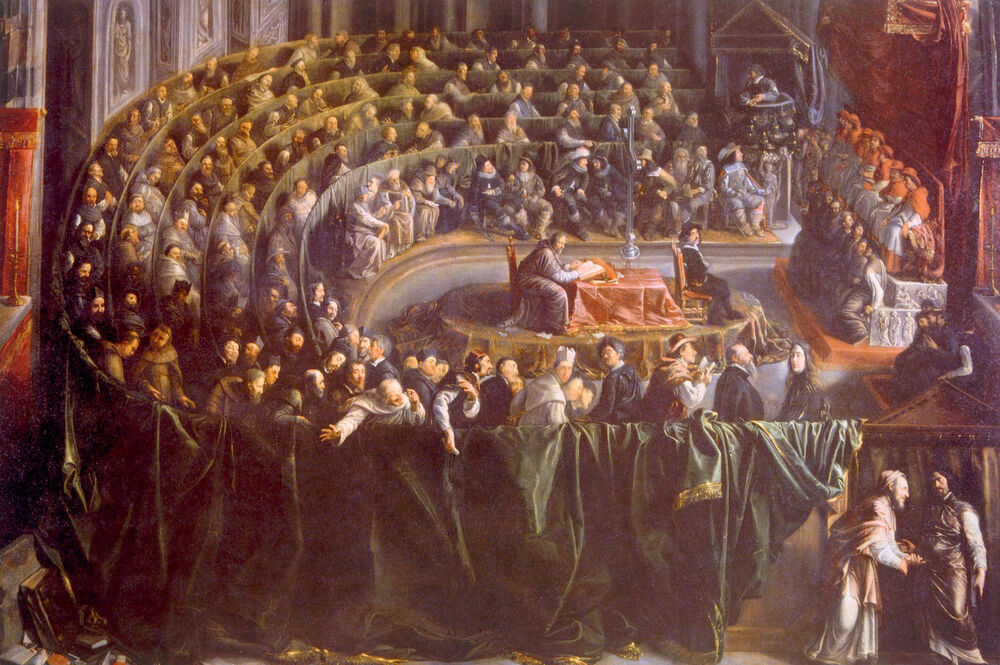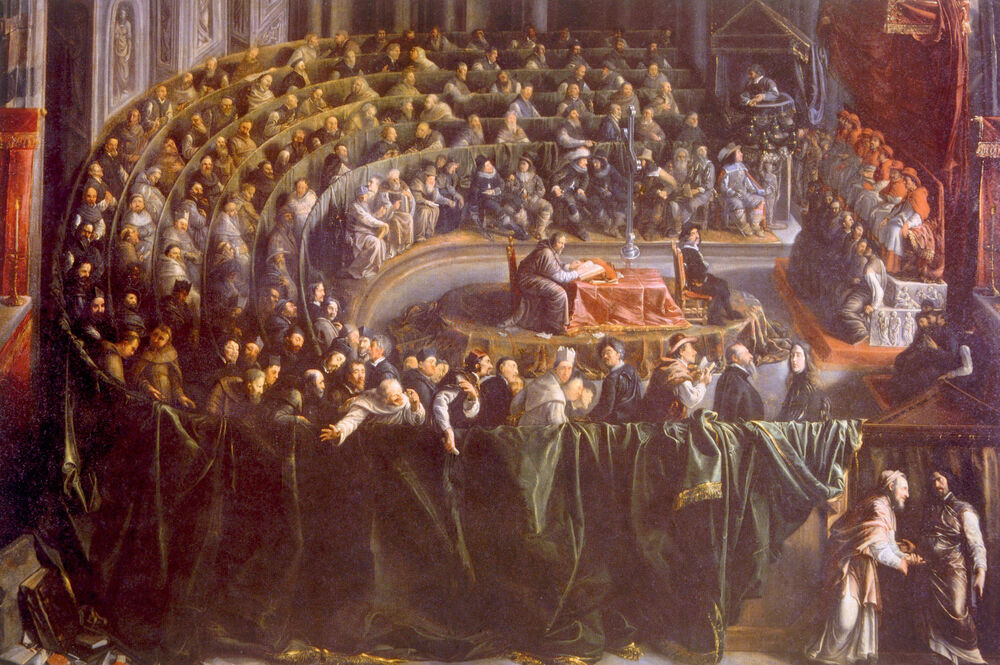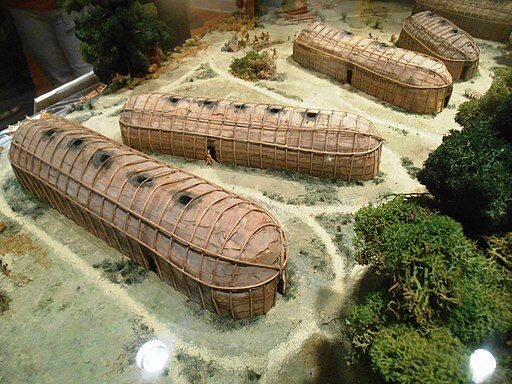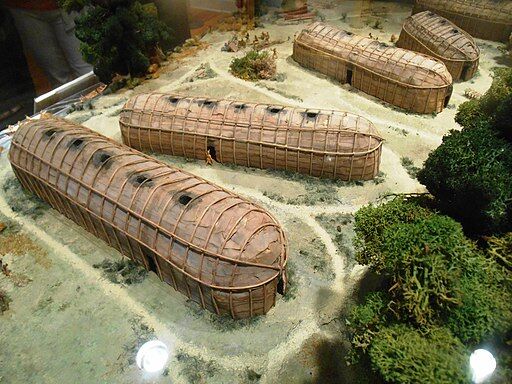A fact can take many forms. A fact can be an event or an action. It is something that happened and can be confirmed by anyone. No one can dispute a fact because there is a lot of evidence to support it.
Stating that the explosion of the nuclear reactor at Chernobyl happened on April 26, 1986 is a fact, because it can be verified. There is evidence to support it, such as newspaper articles, videos, documentaries, witness statements, etc. It does not matter who is researching it, the end result will be the same: the explosion took place on April 26, 1986.
Find out more by consulting this site regarding the Chernobyl disaster.
Whenever you are faced with a task related to history, regardless of its nature, you must first establish facts. To establish a fact means to put knowledge into words. An example of this is to state that the year of the creation of Canada is 1867. Sometimes the documents provided in order for you to accomplish a task can help you to recall knowledge, but be careful, these documents don’t give you the answer.
It is highly recommended that you read the concept sheet on intellectual operations to fully understand how to complete the tasks related to different intellectual operations.
The two examples below are similar to what you might encounter in an exam. Try to complete the task before looking at the detailed answer. This will help you see how well you can complete the intellectual operations.
The two examples below are related to concepts that you might not have seen before. If so, don’t worry, you’ll learn them when they are introduced in class.
The example for Cycle One(Secondary 2) relates to the module on the Renaissance.
The example for Cycle Two (Secondary 3) relates to the module on Indigenous peoples and the settlement project.
Statement: Using documents 1 and 2, name the theory promoted by the Church during the Renaissance.


Galileo Before the Inquisition in Rome (April 12 to June 22, 1633).
Source: Everett Collection, Shutterstock.com
Statement: Using documents 1 and 2, name the theory promoted by the Church during the Renaissance.
What must I do? Name
Which element should I name? A theory supported by the Church

The 5W
|
Who? |
|---|
|
Ptolemy, Copernicus, Galileo |
|
This information is in the image. |
|
What? |
|
The theories of geocentrism and heliocentrism |
|
This information is in the image. |
|
When? |
|
- |
|
The document does not identify the when? component. |
|
Where? |
|
- |
|
The document does not identify the where? component. |
|
Why? |
|
- |
|
The document does not identify the why? component. |
The historical phrase
This is an image that represents geocentrism and heliocentrism.

Galileo Before the Inquisition in Rome (from April 12 to June 22, 1633)
Source: Everett Collection, Shutterstock.com
The 5W
|
Who? |
|---|
|
Galileo |
|
This information can be found in the title and the description. |
|
What? |
|
His trial before the Inquisition |
|
This information can be found in the title and the description. |
|
When? |
|
In 1633 |
|
This information can be found in the description. |
|
Where? |
|
In Rome |
|
This information can be found in the description. |
|
Why? |
|
- |
|
The document does not identify the why? component. |
The historical phrase
This is a canvas that represents the trial of Galileo in Rome, in 1633.
C’est une toile qui représente le procès de Galilée à Rome en 1663.
I know that during the Middle Ages and the Renaissance, the Church explained different phenomena using the presence and intervention of God. Using this reasoning, God created the Earth.
I know that during the Renaissance, humanists questioned Christianity.
I know that during the Renaissance, science became important. Experiments were conducted and observations were made.
I know that heliocentrism was a new theory based on scientific observation.
Answer: The theory supported by the Church during the Renaissance was geocentrism.
Find out more by consulting this concept sheet on science during the Renaissance.
You must use both the documents and the knowledge you acquired in class in order to find the answer. In one document, we see the trial of Galileo before the Inquisition, in a court created by the Catholic Church. In the other document, we see that Galileo upheld the theory of heliocentrism. We can conclude that, since the Church did not support this theory, it supported geocentrism.
Statement: Document 1 is an illustration of an Indigenous dwelling. Name the great Indigenous language family that lived in this type of dwelling.

Source: Gagnon, J., 2014.
Statement: Document 1 is an illustration of an Indigenous dwelling. Name the great Indigenous language family that lived in this type of dwelling.
What must I do? Name
What do I need to identify? A language family that lived in the houses shown in the document

Source: Gagnon, J., 2014.
The 5W
|
Who? |
|---|
|
- |
|
You must use your knowledge to identify the who? This is one of the things you need to find to complete this task. |
|
What? |
|
Longhouses |
|
This is what is shown in the image. |
|
When? |
|
- |
|
The document does not identify the when? component. |
|
Where? |
|
In North America |
|
If you use your knowledge, you can establish a place, even if it is not very specific. |
|
Why? |
|
- |
|
The document does not identify the why? component. |
The historical phrase
This is a photograph that illustrates longhouses in North America.
It can be difficult to find information in some documents, especially in visual documents. This may mean that you will not be able to answer the 5 W questions (Who? What? When? Where? Why?) , or complete the historical phrase just by looking at the document. In cases like this, call on your own knowledge to fill in the missing information.
I know that longhouses were habitations for people who belong to the sedentary First Nations.
I know that the sedentary Indigenous peoples who lived in what is now Quebec belonged to the Iroquoian language family.
Answer: The language family that lived in this type of habitation is the Iroquoian language family.
Knowing how to establish facts is a central component for all intellectual operations. Once you have established facts, you can use this knowledge to complete different tasks.
You can find the causes and effects of these facts, for example, along with the similarities and differences between them. You can also place them in chronological order. These are just a few examples of what you will be asked to do with facts.
Gagnon, J. (2014, 25 mai). Maisons longues [Photographie]. Wikimedia commons. https://commons.wikimedia.org/wiki/File:Maisons_longues_01.jpg